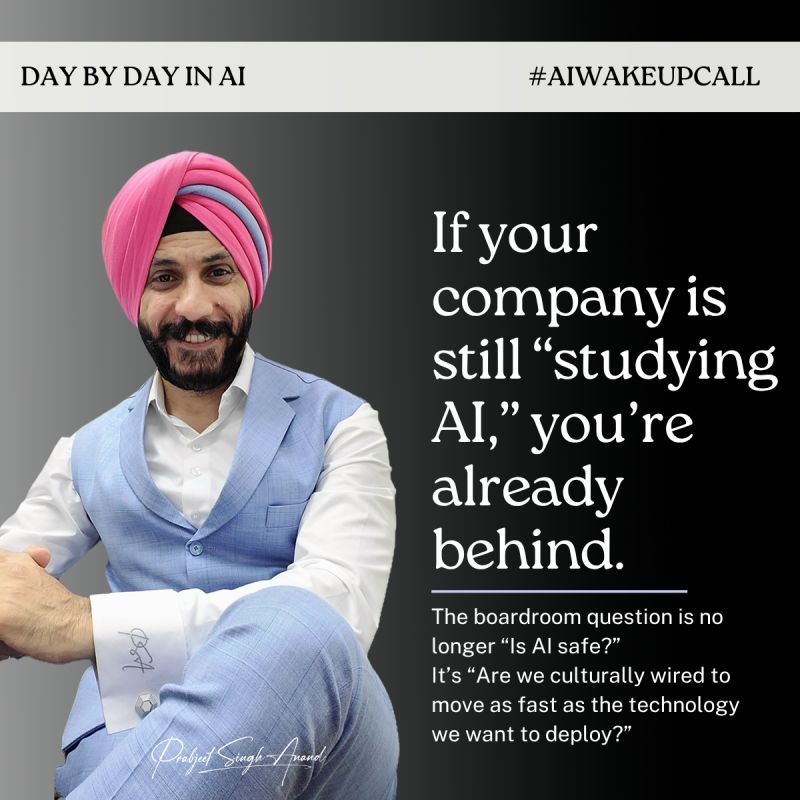If your company is still “studying AI,” you’re already behind
If your company is still “studying AI,” you’re already behind.
Last week, three Fortune 500s spent more on AI talent than the GDP of Iceland.
Meta → OpenAI
Meta shelled out roughly $100 million in retention bonuses to pry 12 senior engineers away from OpenAI.
Alphabet (Google) ↔ OpenAI
The head‑to‑head bidding war between Google (Alphabet) and OpenAI pumped an estimated $5 billion onto their combined market caps in a single trading session.
Windsurf AI → Google → Cognition (Devin)
The 15‑person research lab Windsurf AI was first wooed by Google, then flipped again within 48 hours when Cognition Labs (the team behind Devin) closed the final deal.
They’re not paying for code; they’re paying for speed.
Meanwhile, most enterprises are still running six‑month “AI exploration committees” that produce slide decks instead of code.
Here’s the uncomfortable truth:
By the time your task force finishes its risk matrix, the talent you need will have signed someplace else, and built version 2.0.
It doesn’t start with buying more tools; it starts with looking inward. Enterprises need to examine their systems, structures, and culture to ensure they are aligned with their goals. Are they set up to move fast?
The boardroom question is no longer “Is AI safe?”
It’s “Are we culturally wired to move as fast as the technology we want to deploy?”

